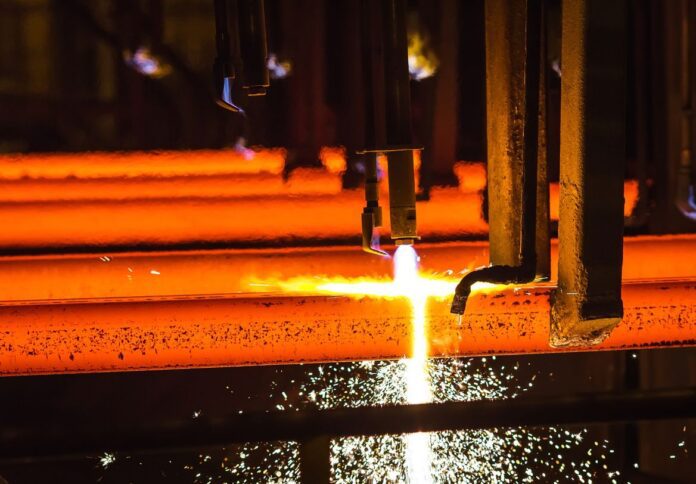
A total of 11 local firms will share almost $1 million in funding as part of the fourth round of the Advanced Manufacturing Accelerating Growth Program revealed today by the Tasmanian Government.
In a media release, Minister for Advanced Manufacturing and Defence Industries Madeleine Ogilvie stated that after the fourth and final round, 34 enterprises had received funding totalling 38 individual awards worth more than $3 million.
“This program has encouraged innovative advanced manufacturers to invest in equipment to support growth into new markets or expand current ones, whether they are interstate or overseas,” she said.
In the most recent round, about $870,000 will go to 11 enterprises, more than half of which will be found in rural areas, according to Minister Ogilvie.
She stated that the successful applicants come from a variety of industries, including food production, engineering, equipment manufacturing, and precision machining, to mention a few.
“From Wynyard, Little Swanport and Hobart, to Quoiba, Ulverstone and Geeveston, projects receiving funding stretch right across the state,” the minister noted.
She pointed out that rural businesses are some of the biggest supporters of jobs and growth in many small towns around Tasmania, so it is especially crucial that they receive support that enables them to expand their operations.
The most recent round of funding alone is anticipated to bring in approximately $2.7 million in total investment, providing a return on investment of more than three to one.
Additionally, more than 33 FTE new manufacturing jobs are expected to be created locally.
“This means that over the life of the program, our funding has generated some $12.02 million in investment overall, a return of $3.93 for every dollar we have put in,” Minister Ogilvie said.
With more than $2.01 billion in revenue, the Tasmanian government emphasised manufacturing is one of the greatest contributors from the private sector to the gross state product.
The industry directly employs more than 18,000 people, and it is projected to provide $3.2 billion in flow-on benefits that will result in the creation of 31,400 new non-manufacturing employment.

















